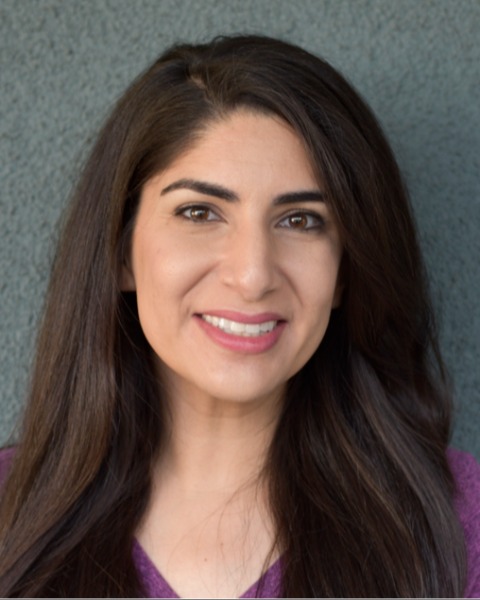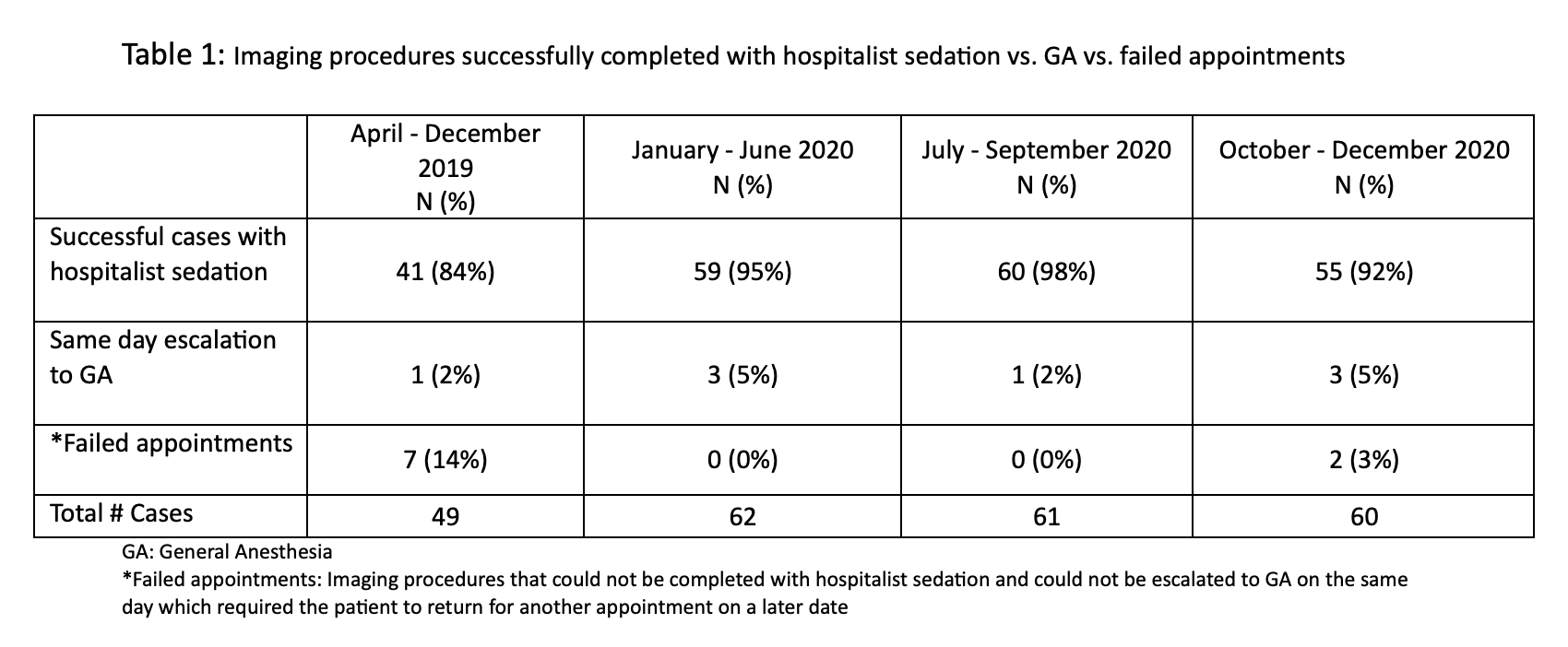Sedation Medicine
Session: Sedation Medicine
80 - Improving Same-Day Completion of Diagnostic Imaging Procedures with Sedation Provided by the Pediatric Hospitalist
Saturday, May 4, 2024
3:30 PM - 6:00 PM ET
Poster Number: 80
Publication Number: 80.1341
Publication Number: 80.1341

Sunniya Basravi, DO (she/her/hers)
Clinical Assistant Professor
Stanford University School of Medicine
Redwood City, California, United States
Presenting Author(s)
Background: High demand for general anesthesia (GA) in our children’s hospital radiology department increased the backlog of patients awaiting diagnostic imaging procedures. Quality improvement processes identified that many of these diagnostic imaging procedures could be supported with hospitalist provided minimal and moderate sedation alone and did not require GA. Same-day completion rates for these imaging procedures with hospitalist sedation was 84%. Our “failed appointment” (insufficient hospitalist sedation and inability for same-day escalation to GA to complete imaging procedure) rate was 14%. Having to reschedule so many failed appointments negatively impacted the patient experience and increased appointment backlog.
Objective: Our goal was to increase the rate of same-day completed diagnostic imaging procedures with hospitalist sedation from 84% to >90% and halve our failed appointment rate.
Design/Methods: First, in collaboration with the division of anesthesiology, we developed a process for maximizing same-day escalation to GA for patients unable to complete imaging procedures with hospitalist sedation. Then we made several changes to the hospitalist sedation program. We identified a smaller team of 5 pediatric hospitalist sedation providers (50% of our original group size) and developed dedicated FTE towards sedation services for radiology starting in January 2020. This team met monthly to review metrics and troubleshoot clinical workflow issues. We also completed proctoring for all team members for an additional sedative, ketamine. We followed our outcomes quarterly.
Results: Rates of same-day completed imaging procedures with hospitalist sedation alone increased from 84% to ≥ 92% from January 2020 to December 2020. Our failed appointment rate decreased from 14% to less than 5%. And although now we had the ability for same-day escalation to GA, the need to escalate remained at ≤ 5% during that one year period (Table 1 and Figure 1). We continued to track our data and escalations to GA further dropped to < 1% and same-day completion of imaging procedures by hospitalist sedation increased to 99% (January 2022-January 2023).
Conclusion(s): By making changes within our sedation team and partnering with anesthesiology we significantly increased the rate of completion of imaging procedures with hospitalist sedation while also ensuring same-day completion by GA when hospitalist sedation is not sufficient. Overall, this has improved patient experience and reduced the burden on the system as there is less need for repeat radiology appointments and less utilization of anesthesia resources.

.png)
